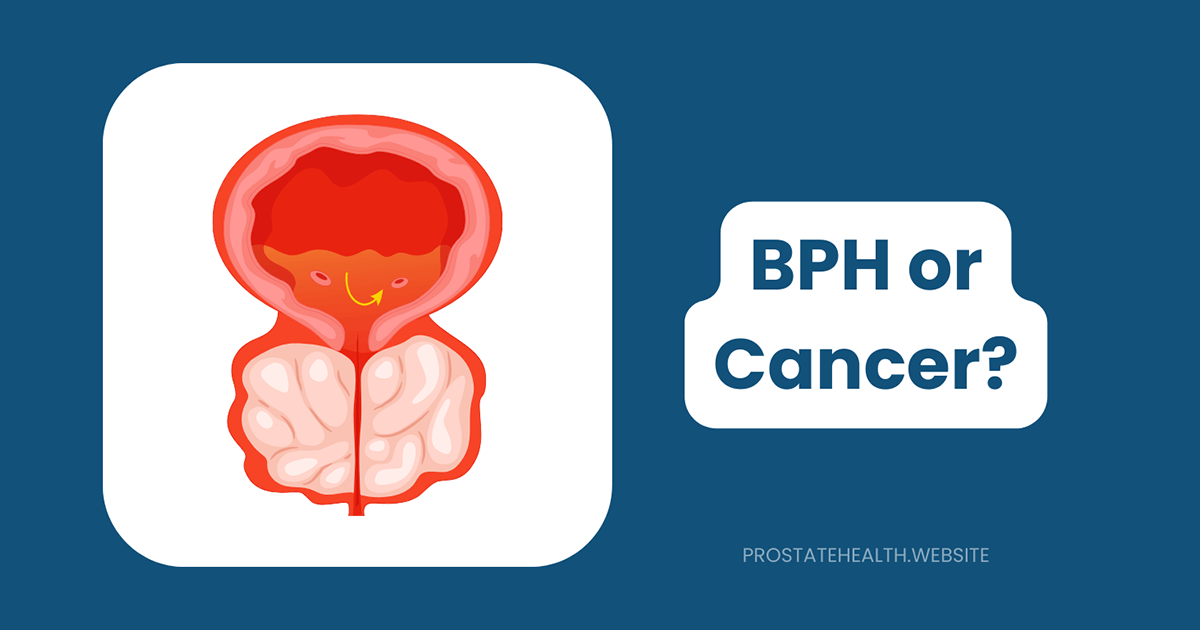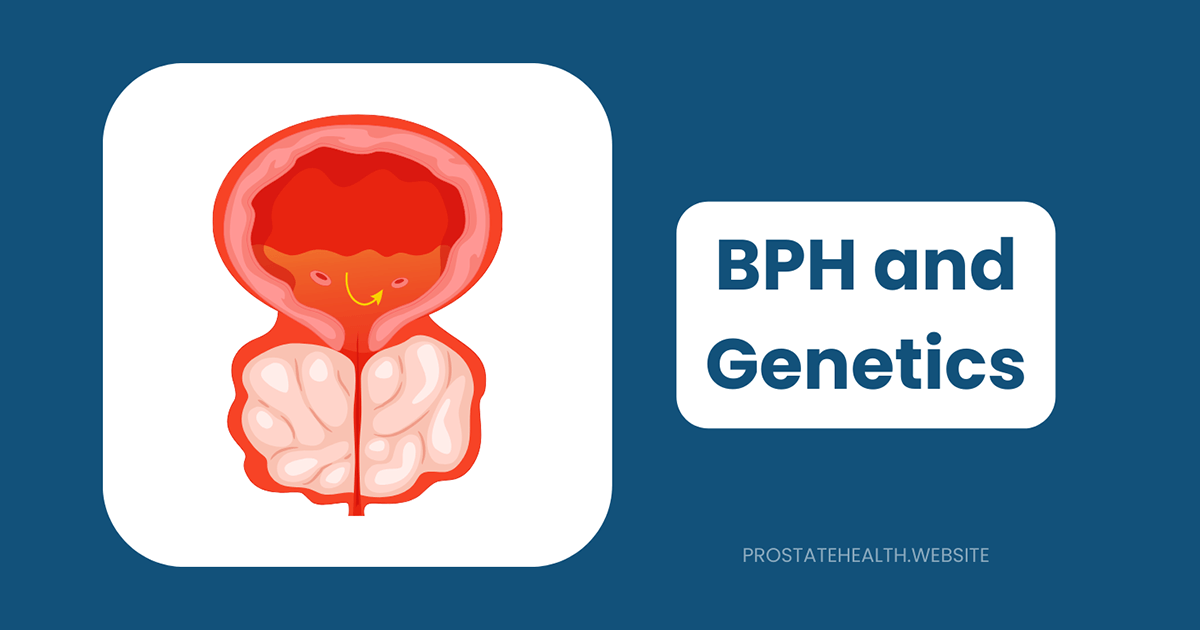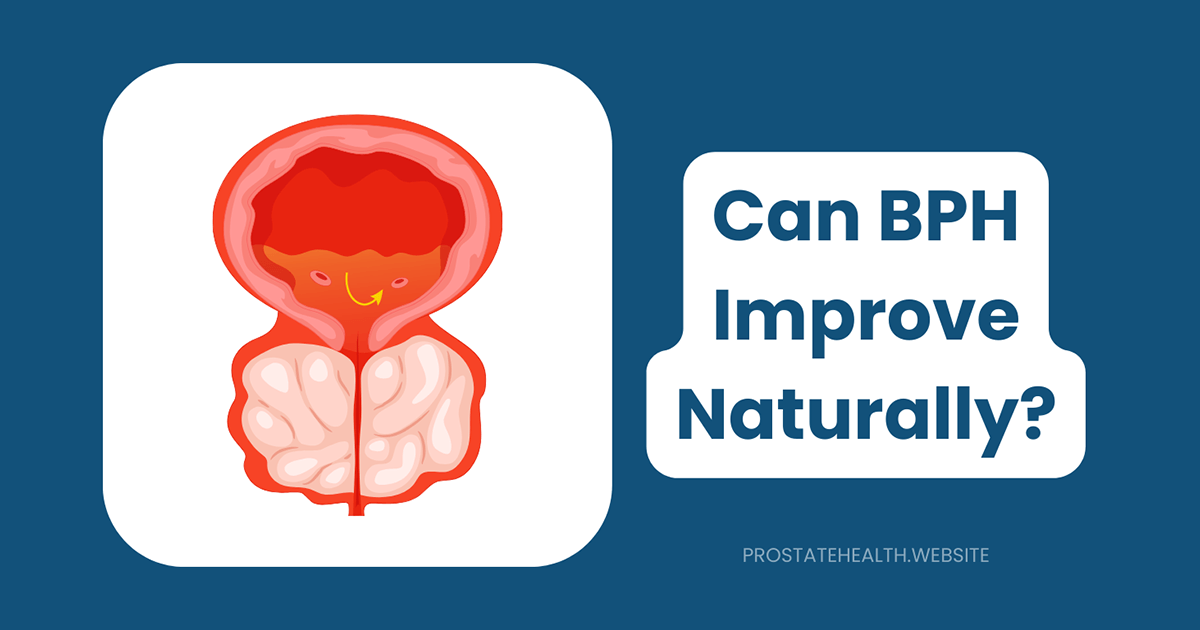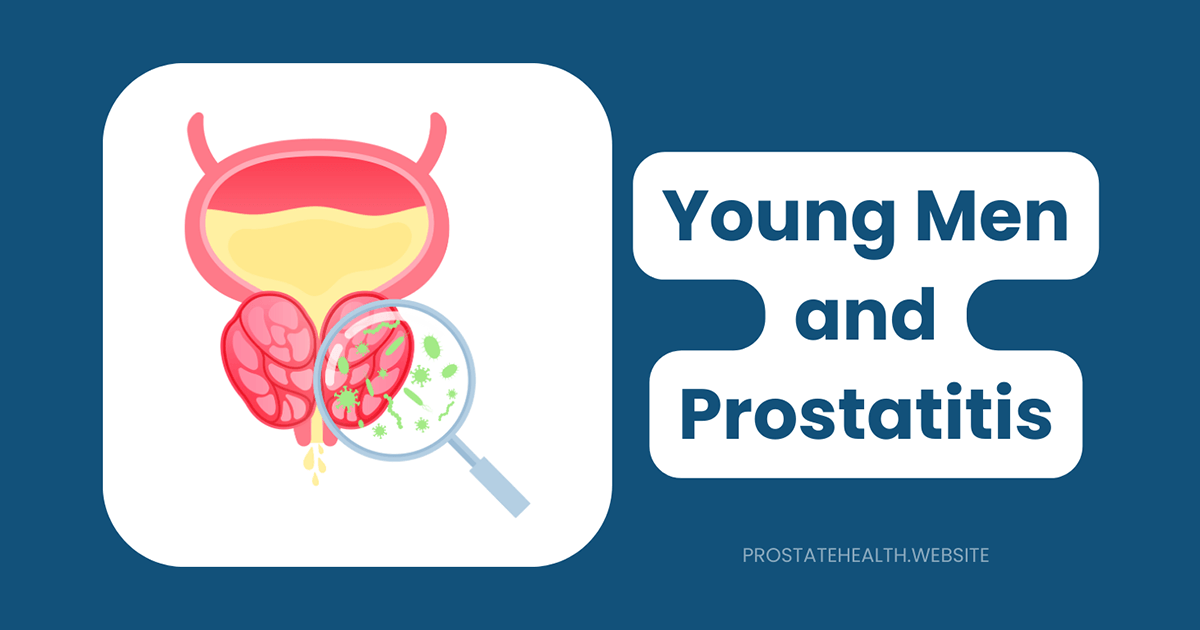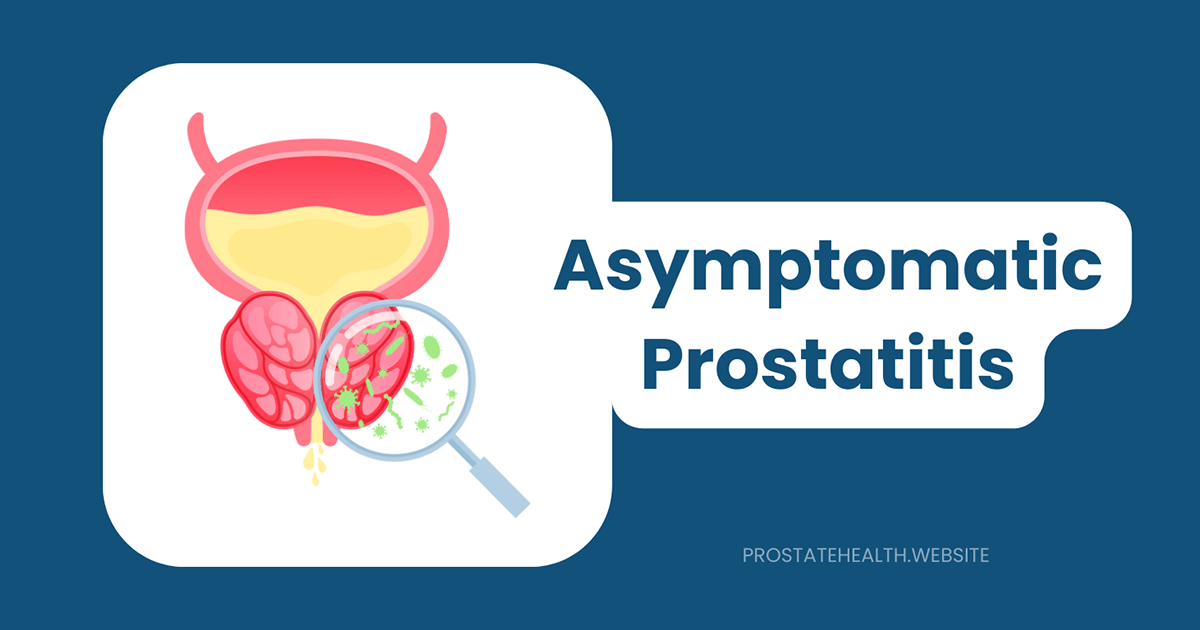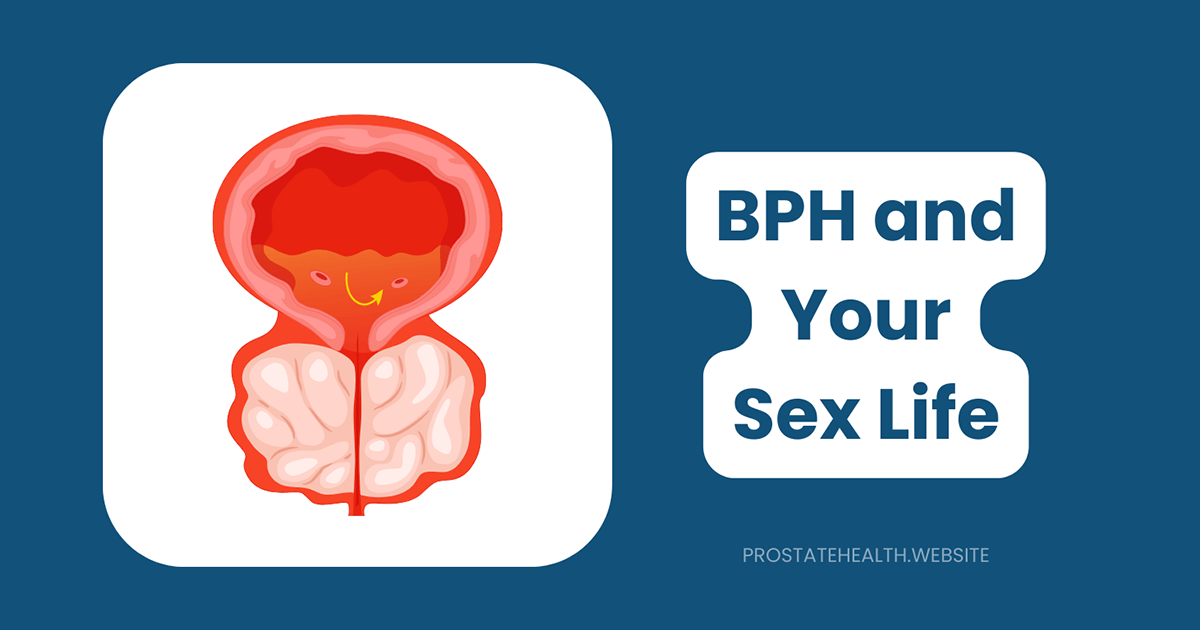How BPH Affects Quality of Life and What You Can Do About It
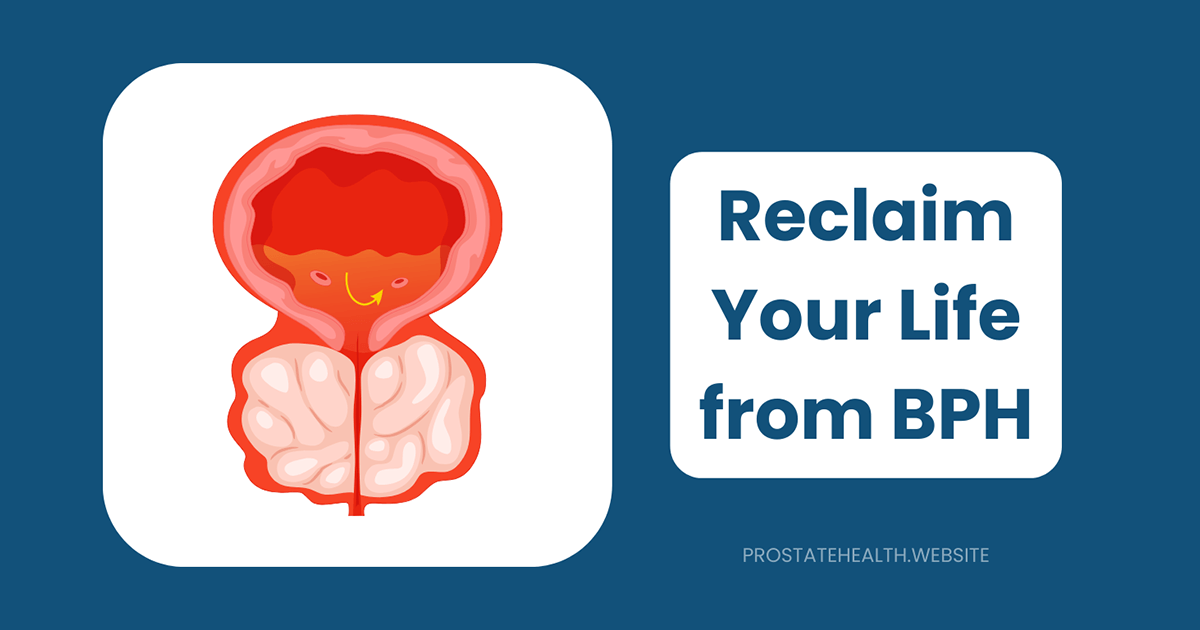
Have you ever found yourself mapping out bathroom locations before agreeing to a social outing? Or perhaps you’ve awakened multiple times throughout the night, trudging to the bathroom in the dark, only to return to bed feeling frustrated and exhausted?
If these scenarios sound painfully familiar, you’re not alone. Millions of men worldwide are silently enduring the profound impact of Benign Prostatic Hyperplasia (BPH) on their quality of life.
The Silent Epidemic Affecting Men’s Well-Being
BPH—an enlarged prostate—is often discussed purely in clinical terms. We talk about the prostate’s size, urinary flow rates, and medication efficacy. But what’s frequently overlooked is how deeply this condition affects a man’s overall well-being, relationships, and sense of self.
The statistics tell a compelling story:
- By age 60, approximately 50% of men develop BPH symptoms
- This increases to 70% by age 70, and a staggering 90% by age 85
- Studies show that 98.3% of patients with moderate to severe symptoms report their quality of life as “bad” or “very bad”
- Men with BPH are 1.87 times more likely to develop depressive disorders than those without the condition
Behind these numbers are real men experiencing real challenges that extend far beyond the physical symptoms.
Beyond the Bathroom: The Multidimensional Impact of BPH
Physical Well-Being: More Than Just Urinary Symptoms
While the urinary symptoms of BPH—frequency, urgency, weak stream, and nocturia (nighttime urination)—are well-documented, their cascading effects on physical health are often underappreciated.
Sleep Disruption and Its Consequences
Nocturia deserves special attention as it creates a particularly vicious cycle. When you’re waking up 2-4 times nightly to urinate, you’re experiencing fragmented sleep that:
- Reduces restorative deep sleep by up to 80%
- Increases daytime fatigue and cognitive fog
- Weakens immune function
- Raises blood pressure and cardiovascular risk
- Contributes to weight gain and metabolic issues
James, a 58-year-old teacher, shared: “After months of interrupted sleep, I noticed I was making simple mistakes at work. My concentration was shot, and I felt physically ill from exhaustion. It wasn’t just about bathroom trips anymore—my entire health was suffering.”
Physical Limitations and Activity Restriction
Many men with BPH find themselves:
- Avoiding physical activities they once enjoyed
- Limiting fluid intake before exercise (potentially leading to dehydration)
- Experiencing increased muscle tension from constant bladder awareness
- Developing secondary health issues from reduced physical activity
Psychological Impact: The Hidden Burden
The psychological toll of BPH is profound yet frequently overlooked in clinical settings.
Anxiety and Hypervigilance
Living with BPH often means living in a state of constant vigilance—always aware of bathroom locations, always monitoring fluid intake, always prepared for the unpredictable urgency that might strike at any moment.
This hypervigilance creates a background anxiety that can permeate every aspect of life. Recent research shows that this chronic low-grade stress triggers the same physiological responses as more acute anxiety disorders, including:
- Elevated cortisol levels
- Increased inflammation
- Disrupted neurotransmitter function
- Impaired cognitive performance
Depression and Self-Esteem
The link between BPH and depression is becoming increasingly clear. A 2025 study found that men with moderate to severe BPH symptoms experienced:
- 3x higher rates of clinically significant depression
- Significantly lower self-reported quality of life scores
- Reduced sense of autonomy and control
- Diminished self-image and masculinity
Robert, a 63-year-old former athlete, described it this way: “I went from seeing myself as strong and capable to feeling betrayed by my own body. The constant bathroom trips, the medications, the planning every outing around bathroom access—it chips away at how you see yourself as a man.”
Social Consequences: Isolation and Relationship Strain
BPH doesn’t just affect the individual—it ripples outward, affecting relationships and social connections.
Social Withdrawal and Isolation
Many men with BPH gradually withdraw from social activities due to:
- Embarrassment about frequent bathroom trips
- Anxiety about potential urgency or leakage
- Fatigue from disrupted sleep
- Reluctance to explain their condition to others
This withdrawal can lead to profound isolation at a life stage when social connections are particularly important for mental health.
Relationship Impact
The effects on intimate relationships can be especially challenging:
- 64% of partners report their own sleep being disrupted by their partner’s nocturia
- Sexual intimacy may be affected by BPH symptoms or treatment side effects
- Communication can become strained around sensitive topics
- Roles and dynamics may shift as the condition progresses
Thomas, 67, reflected: “My wife and I used to sleep cuddled together. Now we sleep in separate rooms because my getting up 4-5 times a night was keeping her awake too. It seems like a small thing, but that physical distance has created an emotional distance neither of us expected.”
Breaking the Silence: Why We Need to Talk About BPH’s Full Impact
Despite affecting millions of men, BPH remains shrouded in silence and stigma. Many men suffer in isolation, believing their experiences are unique or that discussing urinary and sexual function is somehow inappropriate.
This silence comes at a tremendous cost:
- Delayed diagnosis and treatment
- Unnecessary suffering and complications
- Missed opportunities for support and connection
- Perpetuation of stigma around men’s health issues
By bringing these conversations into the open, we create space for understanding, empathy, and more comprehensive approaches to treatment.
Taking Back Control: A Holistic Approach to Managing BPH
The good news is that BPH doesn’t have to define your quality of life. A comprehensive approach can address not just the physical symptoms but their wider impact on your well-being.
Understanding Your Options: Medical Treatments and Their Quality-of-Life Impact
Modern medicine offers several approaches to managing BPH, each with different implications for quality of life:
Medication Options
- Alpha-blockers (such as tamsulosin): Relax muscles in the prostate and bladder neck to improve urine flow. They work relatively quickly but may cause dizziness or ejaculation changes.
- 5-alpha reductase inhibitors (such as finasteride): Shrink the prostate by blocking hormones that promote growth. They take longer to work (3-6 months) but can significantly reduce symptoms in men with larger prostates.
- Phosphodiesterase-5 inhibitors (such as tadalafil): Originally developed for erectile dysfunction, these can also improve BPH symptoms while potentially benefiting sexual function—a dual advantage for quality of life.
- Combination therapy: Using multiple medication types together often provides better symptom relief than single medications alone.
Minimally Invasive Procedures
For men who don’t respond adequately to medications or prefer to avoid daily pills, several minimally invasive options offer excellent quality-of-life outcomes:
- Prostatic Urethral Lift (UroLift®): Places small implants to hold prostate tissue away from blocking the urethra. Preserves sexual function and offers rapid symptom improvement with minimal downtime.
- Rezūm Water Vapor Therapy: Uses steam to reduce prostate tissue. Studies show significant quality-of-life improvements with minimal impact on sexual function.
- Prostate Artery Embolization (PAE): Blocks blood flow to the prostate, causing it to shrink. A 2025 study showed that 93% of patients reported “dramatic improvement” in quality of life following this procedure.
- Aquablation: Uses high-velocity water jets to remove prostate tissue with precision, potentially reducing side effects while effectively treating symptoms.
Surgical Options
For severe cases or when other treatments fail, surgical intervention may provide the most significant quality-of-life improvement:
- Transurethral Resection of the Prostate (TURP): The traditional gold standard, now with improved techniques that reduce complications.
- Holmium Laser Enucleation of the Prostate (HoLEP): Uses laser energy to precisely remove prostate tissue, with excellent long-term outcomes.
- Photoselective Vaporization of the Prostate (PVP): Uses green light laser energy to vaporize prostate tissue, with less bleeding and shorter hospital stays.
Beyond Medical Intervention: Lifestyle Strategies That Make a Difference
While medical treatments are often necessary, lifestyle modifications can significantly enhance quality of life for men with BPH:
Strategic Fluid Management
- Timing matters: Reduce fluid intake 2-3 hours before bedtime to minimize nighttime urination
- Morning hydration: Consume 50-60% of your daily fluids before 4 PM
- Avoid bladder irritants: Limit caffeine, alcohol, artificial sweeteners, and spicy foods, especially in the evening
- Stay hydrated overall: Don’t reduce total fluid intake, as this can concentrate urine and increase irritation
Physical Activity and Pelvic Health
Regular exercise offers multiple benefits for men with BPH:
- Reduces systemic inflammation that can worsen prostate symptoms
- Improves sleep quality (when not done too close to bedtime)
- Helps maintain healthy weight, reducing pressure on the bladder
- Enhances overall well-being and stress management
Specific exercises that may help include:
- Regular walking (30+ minutes daily)
- Pelvic floor exercises to improve bladder control
- Yoga poses that reduce pelvic congestion
Nutritional Approaches
Emerging research suggests certain dietary patterns may help manage BPH symptoms:
- Mediterranean diet rich in fruits, vegetables, whole grains, and healthy fats
- Foods high in zinc (pumpkin seeds, oysters, crab)
- Lycopene-rich foods (tomatoes, watermelon, pink grapefruit)
- Omega-3 fatty acids (fatty fish, flaxseeds, walnuts)
- Limiting red meat and dairy, which may increase inflammatory processes
Stress Management and Sleep Hygiene
Since stress can exacerbate BPH symptoms and sleep disruption is a major quality-of-life factor:
- Practice regular stress reduction techniques (meditation, deep breathing, progressive muscle relaxation)
- Optimize sleep environment (cool, dark, quiet room)
- Establish consistent sleep and wake times
- Consider cognitive behavioral therapy for insomnia if sleep problems persist despite reduced nocturia
Addressing the Psychological Impact: Mental Health Strategies
The psychological aspects of BPH deserve specific attention:
Professional Support
- Consider speaking with a mental health professional experienced in chronic health conditions
- Cognitive-behavioral therapy can be particularly effective for managing anxiety related to BPH
- Brief therapy focused on adjustment to health changes may help with acceptance and adaptation
Mindset and Perspective Shifts
- Practice self-compassion rather than self-criticism about your condition
- Focus on what you can control rather than what you cannot
- Reframe BPH as a common health condition rather than a personal failing
- Develop specific coping strategies for challenging situations (social events, travel, etc.)
Community and Connection
- Consider joining a support group (in-person or online) for men with prostate conditions
- Share your experiences with trusted friends or family members
- Connect with others through advocacy or education about men’s health
Real Solutions from Real Men: Success Stories
David’s Story: The Comprehensive Approach
David, 59, experienced significant quality-of-life improvements by combining multiple approaches:
“I was getting up 4-5 times a night and planning my whole life around bathroom access. My doctor and I developed a comprehensive plan: an alpha-blocker medication, evening fluid management, daily walking, and pelvic floor exercises. I also joined an online support group, which helped me feel less alone.
Within three months, I was down to one nighttime bathroom trip, sleeping better, and feeling more like myself. The biggest change was psychological—I stopped seeing myself as a victim of my prostate and started feeling in control again.”
Robert’s Story: Finding the Right Procedure
Robert, 67, tried medications with limited success before exploring procedural options:
“The medications helped somewhat but came with side effects I wasn’t happy about. After researching options, I decided on the UroLift procedure. The recovery was quick, and the results were better than I expected. I’m now sleeping through most nights and recently took a cross-country road trip without anxiety about finding bathrooms—something I wouldn’t have considered a year ago.
What surprised me most was how my mood improved once the constant urinary symptoms were under control. I hadn’t realized how much the condition was affecting my mental health until I experienced relief.”
Michael’s Story: The Power of Openness
Michael, 63, found that breaking the silence around his condition created unexpected benefits:
“For two years, I told no one about my BPH symptoms except my wife and doctor. I was embarrassed and thought it was just something I had to endure. When I finally opened up to a few close friends, I discovered two of them were dealing with the same issues! We started sharing strategies and supporting each other.
Being open about my condition not only connected me with support but also helped me take more proactive steps in my treatment. I’m now managing well with a combination of medication, lifestyle changes, and the emotional support that comes from not facing this alone.”
Taking the First Step: Creating Your Quality-of-Life Action Plan
If BPH is affecting your quality of life, consider these steps toward improvement:
- Comprehensive assessment: Work with your healthcare provider to evaluate not just your urinary symptoms but their impact on your sleep, mental health, relationships, and overall quality of life
- Explore all options: Discuss the full range of treatment approaches, considering quality-of-life factors in your decision-making
- Implement lifestyle strategies: Start with the non-medical approaches that can complement any treatment plan
- Address psychological aspects: Consider professional support if BPH is affecting your mental health
- Connect with others: Break the isolation by sharing your experience with trusted others or joining support communities
- Reassess regularly: As treatments and lifestyle changes take effect, regularly evaluate your quality of life and adjust your approach as needed
The Bigger Picture: Changing the Conversation About Men’s Health
The challenges of BPH highlight a broader issue in men’s health—the tendency to suffer in silence rather than seeking help and support. By speaking openly about conditions like BPH and their full impact on quality of life, we can:
- Encourage earlier diagnosis and treatment
- Reduce unnecessary suffering
- Promote more comprehensive approaches to men’s health
- Create supportive communities for those affected
- Advance research into quality-of-life aspects of treatment
Your experience with BPH matters—not just the medical symptoms but the full impact on your life. By acknowledging this reality and taking comprehensive action, you can reclaim your quality of life and help change the conversation for all men.
Frequently Asked Questions About BPH and Quality of Life
If your symptoms are causing any of the following, it’s time to talk to a healthcare provider:
- Sleep disruption (getting up more than once nightly)
- Anxiety about bathroom access
- Avoidance of activities you once enjoyed
- Relationship strain
- Emotional distress or embarrassment
- Decreased energy or concentration due to sleep loss
Different treatments have different effects on sexual function:
- Alpha-blockers may cause ejaculation problems in some men
- 5-alpha reductase inhibitors can affect libido and erectile function in a small percentage of men
- Newer minimally invasive procedures like UroLift and Rezūm are designed to preserve sexual function
- PDE5 inhibitors like tadalafil may improve both BPH symptoms and erectile function
Discuss your concerns about sexual function with your healthcare provider when considering treatment options.
Timeframes vary by treatment:
- Alpha-blockers: Symptom improvement within days to weeks
- 5-alpha reductase inhibitors: 3-6 months for full effect
- Minimally invasive procedures: Often within days to weeks
- Lifestyle modifications: Variable, but some benefits may be noticed within weeks
Yes, BPH can be progressive:
- Medication benefits may plateau over time
- Some minimally invasive procedures may need to be repeated after several years
- Even after surgery, new prostate tissue growth can occasionally cause symptom recurrence
Regular follow-up with your healthcare provider is important for long-term management.
- Share educational resources about BPH and its effects
- Explain how symptoms affect your daily life and well-being
- Be specific about how the condition impacts your relationship
- Consider inviting your partner to a healthcare appointment
- Explore couples counseling if BPH is creating significant relationship strain

